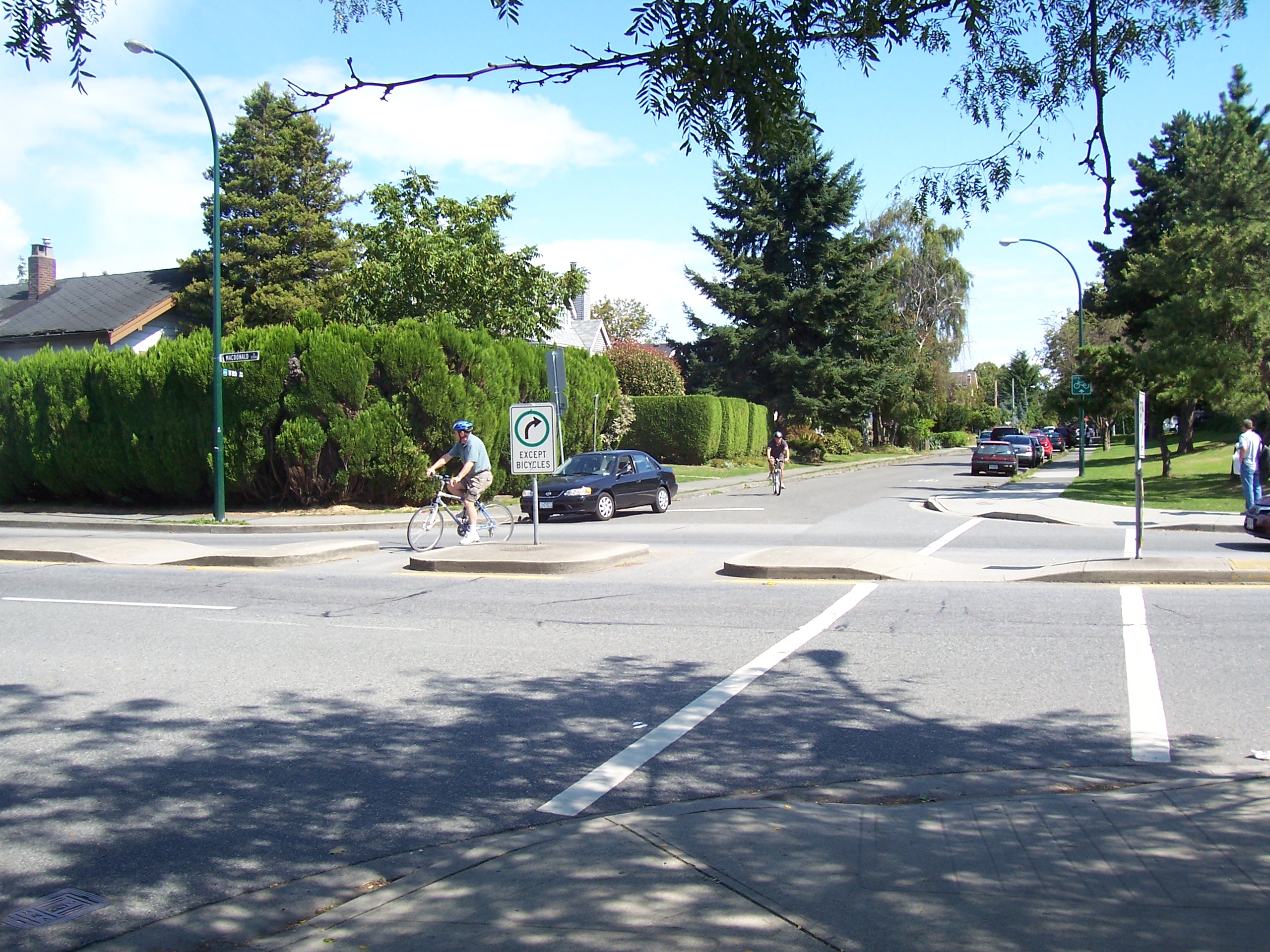Neighbourhood Greenways workshop presentations
Neighborhood greenways (also called "bicycle boulevards", "local street bikeways", "quiet streets", "fietsstraat", "fahrradstrasse", and others) are growing in popularity as a tool for encouraging bike use on low-traffic streets without dedicated bike facilities, while also introducing traffic calming elements to enhance pedestrian comfort. They have significant advantages over dedicated cycleways in terms of lower costs per km and reduced impact on car-parking. However, treatments vary and there is little research on the comparative effectiveness of specific elements for bicyclists or pedestrians, or on which elements combine to have benefits greater than the sum of their parts.
Neighbourhood Greenways are starting to appear in New Zealand and ViaStrada has been at the forefront of their planning and development here. In January 2017, Glen Koorey convened and presented at an international workshop on neighbourhood greenways in Washington DC as part of the Transportation Research Board (TRB) Annual Meeting. The aim of the workshop was to explore the state of research and practice, and to identify priorities for future research and project development. It included presentations by researchers and practitioners in North America and elsewhere. Glen gave two presentations on European 'bicycle streets' and recent NZ research on greenway preferences; he also collated the workshop discussion notes about future research topics.
After first seeing them in action in North America, Glen previously presented on neighbourhood greenways at the 2012 2WALKandCYCLE Conference. Since then he has also observed and studied their "bicycle street" equivalents in Europe, and presented at the 2018 2WALKandCYCLE Conference. Axel Wilke also used the neighbourhood greenway concept when planning a cycle network for South Dunedin. Contact ViaStrada if you need advice about planning for these very useful elements of a cycling network.


